I need a suggestion how to sum two PWM signals, PWM 1 + PWM 2 to an output that have them both included.
Questions:
- Is this possible? Other suggestions?
- What Op Amp do I need to use if I want the output handle heavy load of 12 volt? I'm going to control a large 12 DC motor and the small frequency PWM 2 is going to be the dither signal to make sure that the 12 DC motor is still in a vibrating movement. It reduces friction and makes the 12 DC motor more linear and proportional to the PWM 1 signal.


